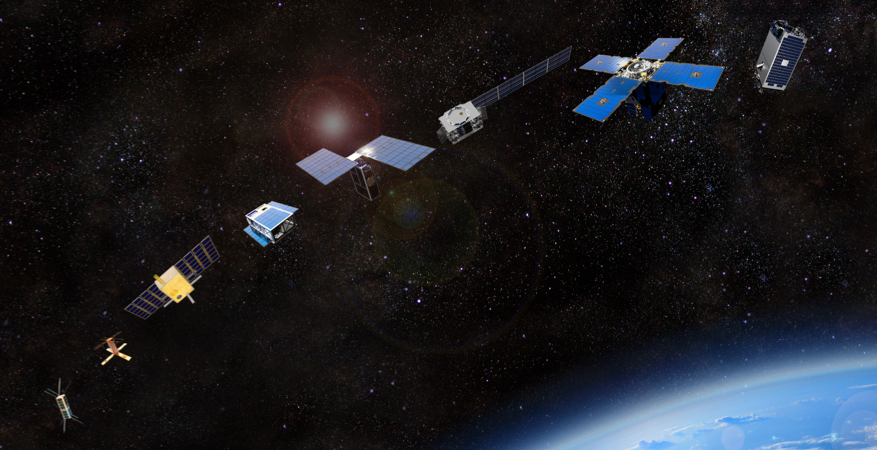A recent report from the Mitchell Institute for Aerospace Studies urges the U.S. military to fully leverage the potential of small satellites (smallsats) to enhance its space capabilities. While the Space Development Agency has begun utilizing smallsats for missile tracking and communications, the U.S. Space Force needs to commit more resources to scale this technology effectively.
Benefits of Smallsats
Smallsats offer significant benefits due to their lower cost and faster production compared to traditional large satellites. They are cheaper to produce, allowing for rapid deployment and scalability. This cost-effectiveness also means that constellations of smallsats can be launched more frequently, providing greater flexibility and adaptability in space operations.
Deploying large constellations of smallsats increases operational resilience and redundancy. The distributed nature of smallsat constellations means that even if some satellites fail, the overall network can continue to function effectively. This resilience is crucial for maintaining continuous coverage and communication capabilities, especially in contested or degraded environments.
Embracing smallsats is also essential for maintaining space superiority and countering threats from adversaries like China and Russia. These adversaries are rapidly advancing their own space capabilities, and the U.S. must innovate and adapt to stay ahead. Smallsats enable the U.S. to maintain a technological edge, ensuring that it can respond quickly to emerging threats and maintain a strategic advantage in space.
The Missing Consideration
The report calls for the advancement of proliferated warfighter constellations but does not emphasize the critical need for strong cybersecurity measures. Without a focus on cybersecurity, smallsat technology could increase the military’s risk posture rather than decreasing it. Ensuring robust cybersecurity in smallsat technology is essential for maintaining the strategic advantage and protecting against potential cyber threats. Embracing smallsat technology without a focus on cybersecurity will perpetuate the “old ways” of vulnerabilities, undermining the benefits of this innovation.
Call to Action
The report emphasizes the need for the Department of Defense to boost production rates, strengthen supply chains, and increase funding to support the deployment of smallsats on a larger scale. This approach will help ensure the U.S. retains its strategic advantage in space.
